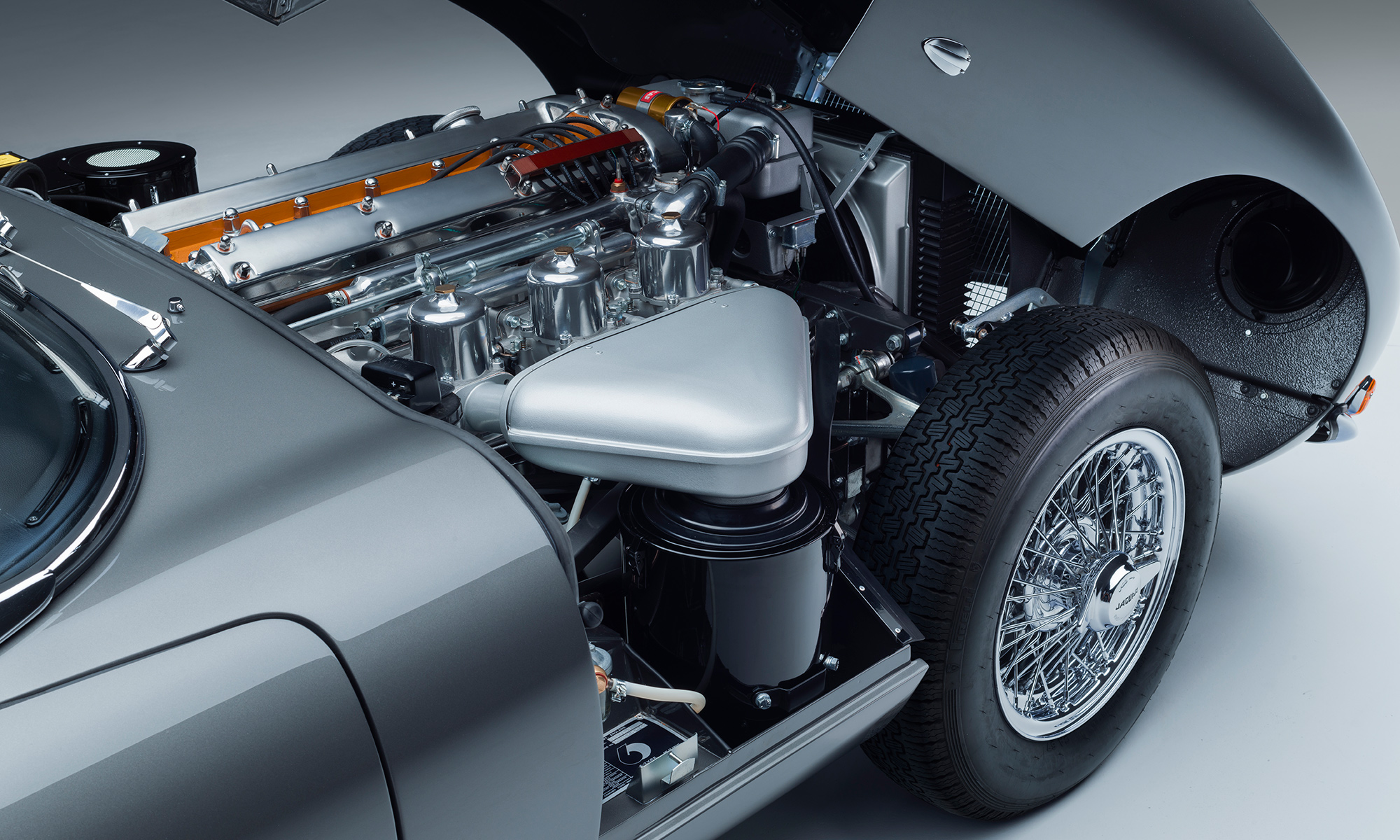1 – Introduction ( Paul Stow, December 1, 2001 )
The X300 was introduced in 1995, as the latest in a distinguished line of cars branded the Jaguar XJ6. In addition to the base model, Sovereign, Vanden Plas and Daimler models were made available in varying markets and with increasing levels of trim and equipment. The car was available with 3.2l or 4.0l engines and, in the top of the range XJR model, a 4.0 supercharged variant.
Jaguar had enjoyed increasing success with the previous XJ40 model, which since it’s introduction in 1987 had undergone a number of updates and continuously increasing production and quality. The X300 was to build on this success, and formed the platform with which Jaguar re-emerged as a leader in reliability and customer satisfaction, forcing rivals from Germany and Japan to sit up and take notice.
To many people, the curves of the X300 body shape were reminiscent of earlier XJ6 models as opposed to the more square lines of the XJ40. The overall proportions are similar, however, with the elegant lines matched by limited rear legroom and a shallow boot caused by locating the spare wheel and battery under it’s floor.
The interior of the X300 is immediately familiar to XJ40 lovers, with the central ‘ski-slope’, J-gate transmission selector, and 6 gauge instrument binnacle. Closer examination, however, shows many detail improvements to stereo and air conditioning systems, revised panelling, door seals etc etc.
Under the bonnet, the basic layout is again familiar with the AJ16 engine being the last in a long line of six cylinder, double overhead cam, 24 valve engines from Jaguar, stretching back to the Le Mans winning C-types of the 50’s. Like the interiors, however, the AJ16 contains a host of detail improvements, the most visible of which is the replacement of conventional coil and distributor ignition by an individual coil on plug arrangement, eliminating the need for HT leads.
For the first time on a modern Jaguar, the XJR model added an Eaton type supercharger to the 4.0l engine, increasing power to 316bhp – more than available from the 6.0l V12. To handle this power, the XJR shared the GM gearbox with the V12, had stiffened suspension to provide a sportier feel to the car,and a distinguishing mesh style front grill.
1.1 – VIN Numbers and Year of Manufacture ( Paul Stow, December 1, 2001 )
1995MY From 720125
1995.5 From 739427
1995.75 From 746613
1995.75 LWB From 746814
1996MY From754304
1997MY From 787954 to 812255
1.2 – About the Guide ( Paul Stow, December 10, 2001 )
This guide is based on a ’95 UK Spec XJR, and so details will differ from differently specified models. In particular, other engine specifications will not have the supercharger and intercooler, and US spec models will have additional emissions equipment such as EGR ( Exhaust Gas Recirculation ).
Some of the less common tasks are omitted, on the basis that the author and list have no experience of them yet! This also hopefully means that the vast majority of X300 owners won’t need to know about them either. However, if you think something should be included then please let us know.

